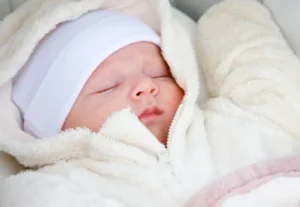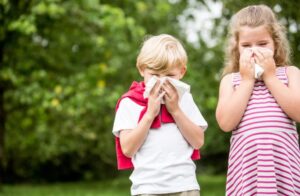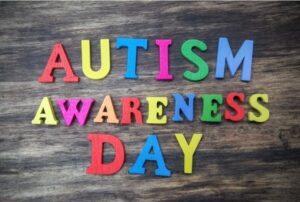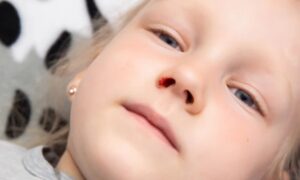Colds and flu are common respiratory infections that affect children, particularly during the colder months. While both can cause discomfort, understanding their duration and how to best care for your child can help speed up recovery. This article will cover how long colds and flu last in children, tips for caring for them, and preventive measures to minimize the risk of infections.
1. How Long Do Colds Last in Children?
Colds are usually caused by various viruses, with the rhinovirus being the most common. Symptoms typically include sneezing, runny nose, sore throat, coughing, and mild fever. The duration of a cold in children can vary, but it typically lasts between 7 to 10 days.
Here’s what you can expect during the progression of a cold:
- Days 1 to 3: Symptoms like sore throat, runny nose, nasal congestion, and coughing are most noticeable.
- Days 4 to 7: Symptoms start to improve, particularly fever and sore throat.
- After Day 7: Many children recover, though coughing can persist for up to two to three weeks.
Cold care usually involves managing symptoms with rest, fluids, and over-the-counter medications. Antibiotics are not recommended unless there’s a secondary bacterial infection.
2. How Long Does the Flu Last in Children?
The flu is caused by the influenza virus and presents more severe symptoms than a common cold. These can include high fever, headaches, muscle aches, extreme fatigue, sore throat, and coughing. The duration of flu symptoms in children typically lasts between 7 to 14 days.
The flu often follows this pattern:
- Days 1 to 2: Sudden onset of high fever, fatigue, and muscle aches.
- Days 3 to 7: Fever and other symptoms begin to subside, but coughing and fatigue may persist.
- 7 to 14 days: Full recovery usually occurs, although some children may experience lingering symptoms or complications like pneumonia or bronchitis.
3. Cold vs Flu in Children: Key Differences
While the flu and cold share some symptoms, they differ in intensity. Here’s how you can tell them apart:
- Fever: Colds often don’t cause a high fever, whereas flu typically causes a fever above 38°C (100.4°F).
- Fatigue and Body Aches: The flu is more likely to cause extreme tiredness and muscle aches, whereas these symptoms are usually mild with a cold.
- Onset: Cold symptoms tend to develop gradually, while flu symptoms come on suddenly and are more severe.
4. Care Tips for Children with Colds or Flu
Whether your child has a cold or the flu, here are essential care tips:
- Rest is Crucial: Ensure your child gets plenty of rest to support their immune system.
- Stay Hydrated: Encourage your child to drink fluids, especially if they have a fever or a runny nose.
- Symptom Relief: Over-the-counter medications like fever reducers or cough suppressants can ease discomfort. Always consult with a healthcare provider for proper dosages.
- Monitor for Complications: If your child experiences breathing difficulties, a persistent high fever, or trouble staying hydrated, seek medical attention immediately.
5. Preventive Measures: How to Avoid Colds and Flu in Children
Prevention is key to reducing the frequency and severity of colds and flu. Here are some effective strategies:
- Flu Vaccination: Annual flu shots are the best way to prevent the flu, especially for children over six months of age.
- Hand Hygiene: Encourage frequent handwashing to reduce the spread of viruses.
- Avoid Sick People: Limit contact with individuals who are sick to minimize exposure to viruses.
6. When to Seek Medical Attention
Although colds and flu generally resolve with home care, certain symptoms warrant medical attention:
- Fever lasting more than three days
- Difficulty breathing or wheezing
- Severe sore throat or ear pain
- Frequent vomiting or severe diarrhea
Conclusion: How to Manage Colds and Flu in Children
Colds in children usually last between 7 to 10 days, while the flu can take up to 14 days for recovery. Preventive measures, such as vaccinations and proper hygiene, can significantly reduce the risk of infection. In the meantime, providing supportive care, ensuring rest and hydration, and monitoring symptoms will help your child recover more quickly and comfortably.
References:













